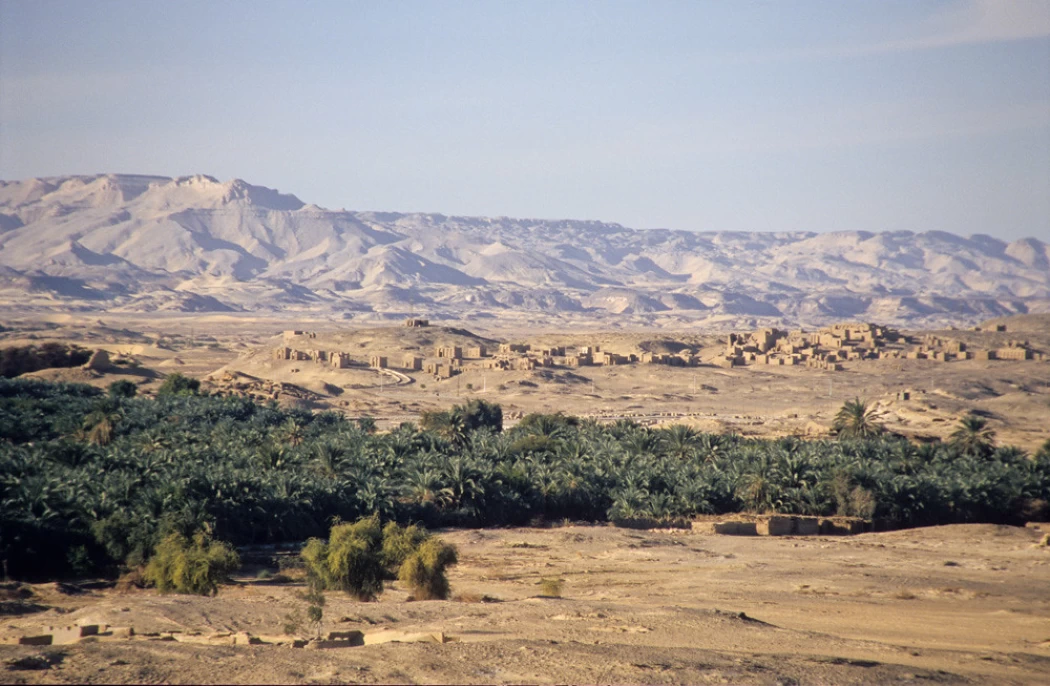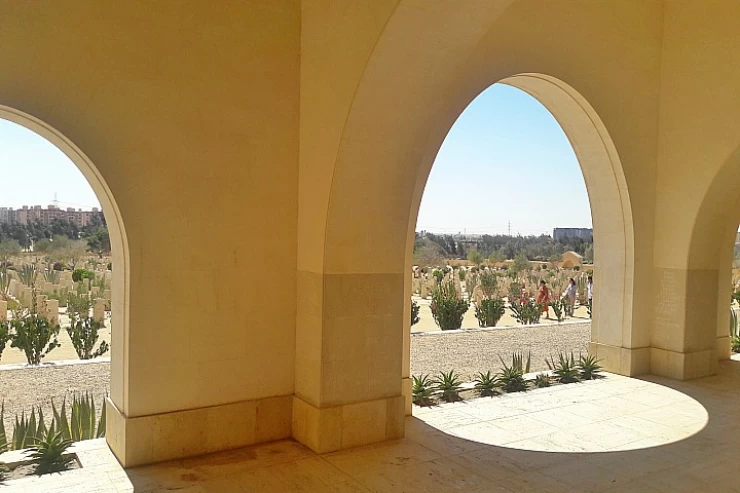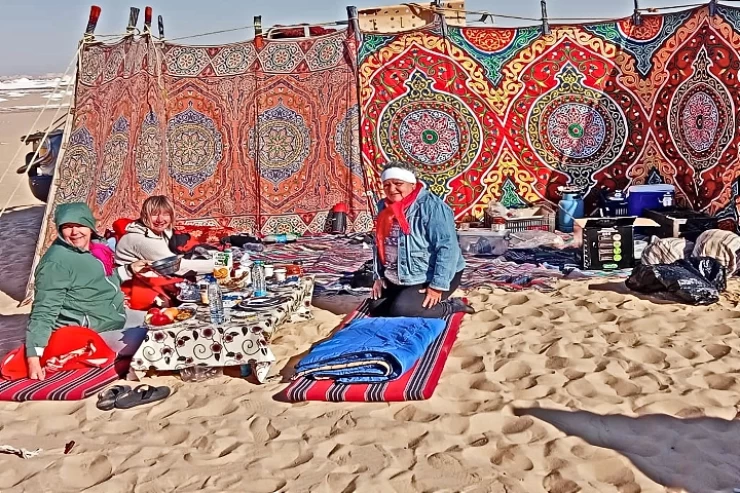
Cemetery of Bagawat in Kharga Oasis
Details on the Bagawat Cemetery in Kharga Oasis
One of the nation's oldest Christian cemetery is Bagawat, which is close to Kharga Oasis. There are 263 documented mud-brick burial chapels, ranging in complexity from straightforward one-chamber constructions to intricate family mausoleums. The chapels' design blends Christian and ancient Egyptian features, having been constructed on an old Egyptian graveyard. The cemetery was established in the third century AD.
The now-iconic ancient Egyptian custom of utilizing coffins and burying the deceased with burial items was carried over into early Christian funerals. In trenches excavated beneath the chapels, the bodies were arranged on shelves. Long after mummification had disappeared from the Nile valley, it was still performed at this cemetery.
Among the oldest in the cemetery is the Chapel of the Exodus. Its dome's inside is embellished with bands that depict scenes from the Old Testament. The most remarkable depiction of the Exodus, which gave rise to the chapel's name, portrays Moses guiding the Israelites over the Sinai desert while Pharaoh's army pursues them. A number of additional Old Testament stories are shown in various sequences, including Jonah and the whale, Noah's Ark, Daniel in the lion's cave, and Adam and Eve.
The Chapel of Peace's dome features similar themes, such as the Annunciation of the Virgin Mary and other figures. Greek captions provide context for the sight being seen. Numerous Byzantine paintings depicting peacocks, grape vines, allegorical figures, and inscriptions are also painted on the interior walls.
Some of the chapels feature many Arabic graffiti from the 9th century to the present, some of which were left by Turkish troops who are said to have been garrisoned at Bagawat in the late 18th century.
















